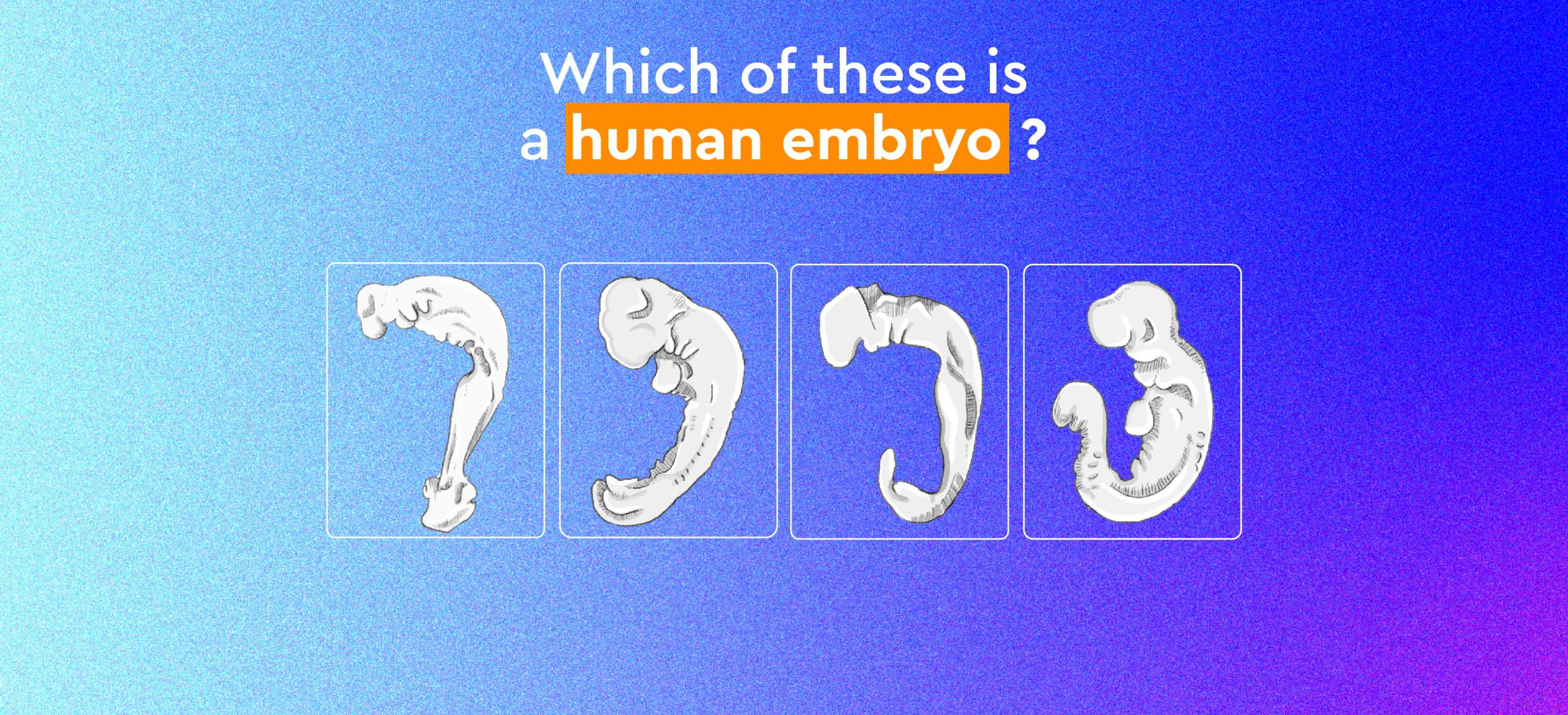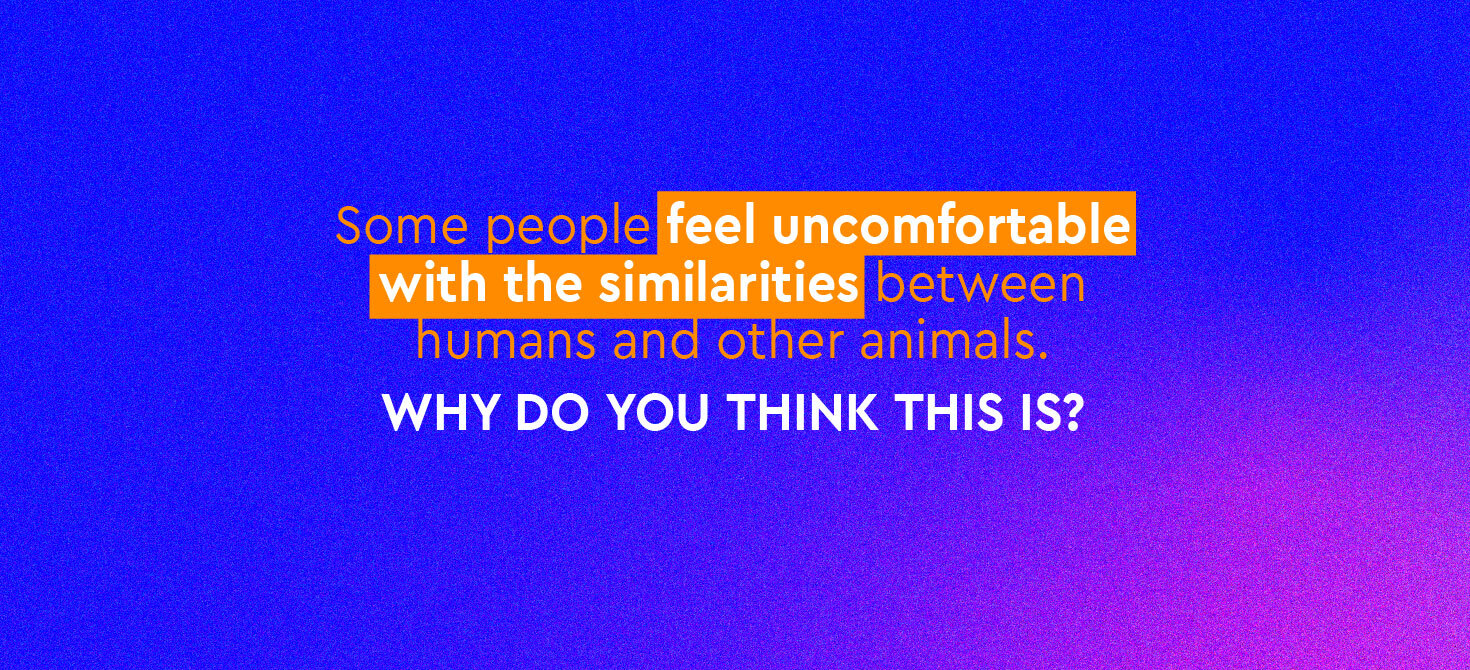

Can You Spot the Human Embryo?
Can You Spot the Human Embryo?
Although the similarity between humans and other animals would be apparent to any alien visiting earth, this simple fact has been one of the most fought-against ideas in human history
Although the similarity between humans and other animals (particularly mammals) would be apparent to any alien visiting earth – since humans share almost the exact same set of organs as other animals, as well as much of their social behaviour and many emotional reactions – this simple fact of close resemblance has been one of the most fought-against ideas in human history.
Influential philosophers like Aristotle and Descartes distinguished between humans and other species; they tended to view non-human life forms as mechanistic and utility-driven, whose only purpose was in relation to humans and their needs. While we, humans, draw a line between ourselves and other animals, we also draw lines between different species of animals. One of these lines is drawn between animals used as livestock and killed for food and animals treated as pets and companions. This discrimination is called speciesism. Several thinkers have suggested that the key reason for these views might have been to justify the violent ways in which we interact with these animals: eating their meat only being one of them.
Now let’s go back to the similarities between a human embryo and other animals’ embryos. Did you know that, as an embryo, you had structures that resembled gills? It’s true! Different vertebrate species’ embryos show major similarities. However, over the course of development these similarities start to fade. Fish and human embryos both have structures called “pharyngeal arches.” While, in fish, these structures turn into functional gills, in humans they develop into parts of your ear, jaw and throat. It may sound crazy, but it’s sound science. Nothing fishy about it!
Group Activity
- Divide the group into several teams.
- Pick one of the questions from the list below and let each team discuss it and then present their thoughts to the group; Alternatively, assign each team with a different question, and when they present it to the group ask the remaining teams for their thoughts as well.
Questions
- Some people feel uncomfortable with the similarities between humans and other animals. Why do you think this is?
- For centuries scientists and philosophers have been debating the nature of non-human animals’ subjective experience: do they have feelings and emotions? Do they have consciousness? And if so, is it the same as in humans? What do you think?
To delve deeper, give each team an article from the list below (you can assign all of the articles or choose between them). Ask each team to summarize the article’s main argument(s) and present it to the group. Things to note and address: where was the article published (a magazine? A news website? An academic journal?) Who is the author (a columnist? An academic?). Each team can also turn the article’s core argument into a slogan (“AI deletes the I”, “The solution is evolution”, etc.). Ask each team to present their thoughts on the question to the group.- Article 1: The big idea: do animals have emotions? The Guardian, August 2022
- Article 2: Yes, Animals Think And Feel. Here’s How We Know. National Geographic, July 2015
- Article 3: Do Animals Have Emotions? A Debate. Psychology Today, November 2017
- Article 4: How Animal and Human Emotions Are Different. Live Science, March 2012
- Do you feel closer to animals that look like you? Which animal do you think looks the most like yourself?
- As humans and animals have common ancestors, they also share some of their DNA. If DNA editing someday enables human-animal hybrids, do you think it should be allowed?
- This groundbreaking research is already happening. Read about it here






